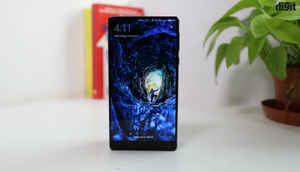
When smartphone makers went back to the drawing board, they realised the display is a major design hurdle for our pocket rockets today. What did they do? They decided to cut down on the bezel sizes and introduce new aspect ratios to smartphones. The result has been encouraging so far, but what will all this lead to? The following phones give us a fair idea.
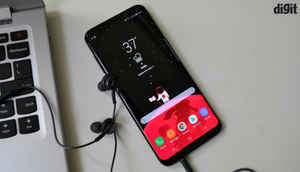
The three phones in the Galaxy S8 series sport Univisium aspect ratios, which allows large screens, but comparatively compact designs. Of course, Samsung’s curved panels allow a bezel-less form factor as well. It’s premium, and even luxurious to some extent.
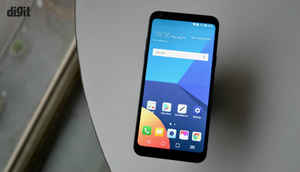
Along with the Galaxy S8, the LG G6 was the first phone to adopt the new Univisium aspect ratio. It has a “Fullvision display” and sports a considerably compact form factor, along with powerful internals and a good camera.
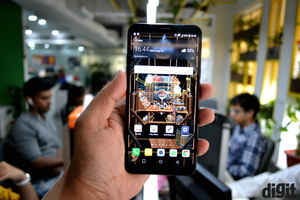
While many think 18.5:9 is a feature for the premium devices, LG brought it to the budget range. The LG Q6 is the best looking smartphone in the budget segment today.
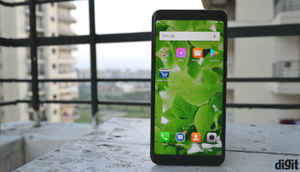
Micromax reminded users what it is all about with this phone. It undercuts even the LG Q6 in terms of price and sports the Univisium aspect ratio of 18.5:9. Hence, a 5.7 inch device becomes compact, albeit with budget internals and a ad-oriented UI.’’
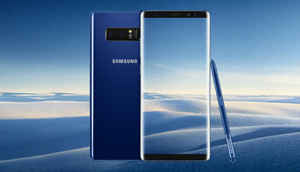
Samsung Galaxy Note 8
The Galaxy Note 8 has everything the S8 Plus does, and adds an S-Pen to the value proposition. It’s coming to India in September and brings the Univisium aspect ratio on a 6.3 inch curved display panel.
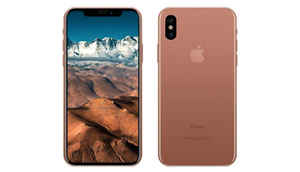
Apple leaks have been spot on over the past few years, and this year’s quota focuses on a bezel-less and 18.5:9 display. Will Apple surrender to norms? We think so.

Xiaomi sold this as a limited quantity concept device last year, but only in Chinese markets. However, the Mi Mix is still remembered as one of the best made bezel-less phones in recent times. What's more, a Mi Mix 2 is just around the corner.
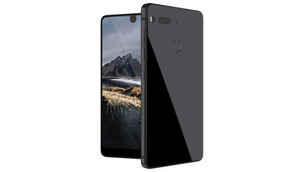
Andy Rubin’s brainchild is the Essential Phone. It has a bezel-less display, modular design and there’s an ecosystem play attached to it. Is this the next big smartphone to watch?
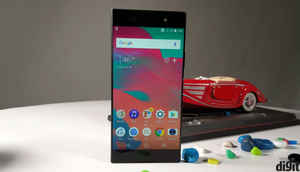
Sony Xperia XA1 Ultra
Trimming bezels allows you to cut down on a phone’s overall form factor. So, Sony put such a display on the 6-inch XA1 Ultra. It makes the phone look unique, although it’s still meant for the large phone lover.
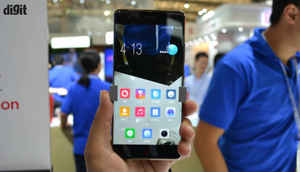
Nubia Z17 Mini
Nubia’s bezel-less smartphones have not been recognised as often as they should. The company though was one of the first to cut down on bezels and even add software features around the same. The Nubia Z17 is the newest in that line.
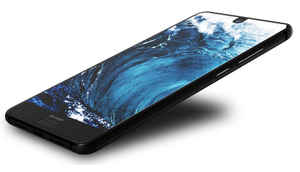
Sharp Aquos S2
The Sharp Aquos Crystal was the first bezel-less smartphone ever. The Sharp Aquos S2 follows that legend. It was recently announced in China, and the company may even unveil it for Indian users this time.